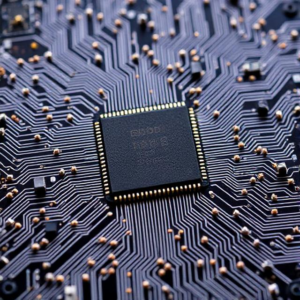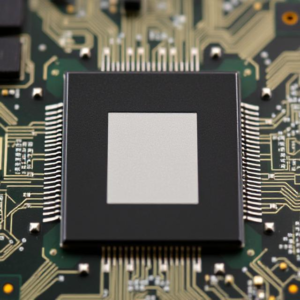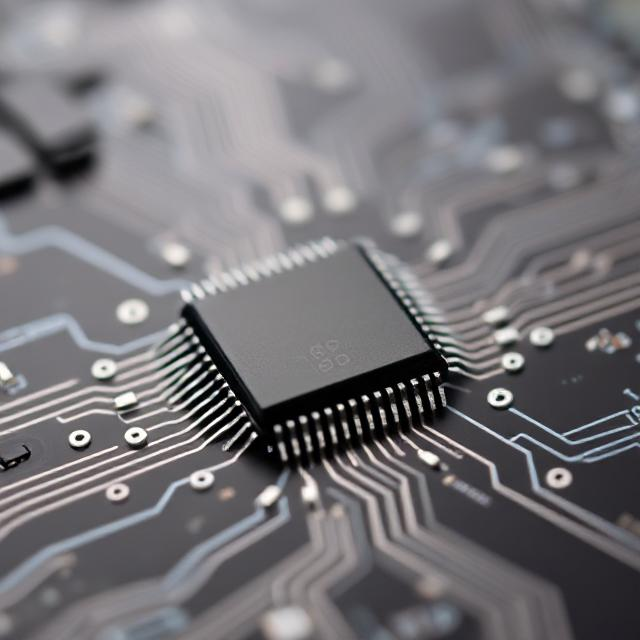Integrated Circuits are categorized based on their functionality and complexity. There are mainly two categories:
1. Analog ICs:
Analog ICs handle continuous signals. They are used in applications that deal with real-world signals like sound, temperature, or light.

Examples:
Operational Amplifiers (Op-Amps): Used in audio systems, sensors, and analog signal processing.
Power Amplifiers: Used in audio amplifiers or radio frequency applications.
Voltage Regulators: Used to maintain a constant voltage supply for various components.
2. Digital ICs:
Digital ICs work with binary signals (0s and 1s) and are used in computing and logic circuits.
Examples:
Microprocessors (CPU): The central processing unit of a computer or smartphone that executes instructions.
Memory ICs: Such as RAM (Random Access Memory), which temporarily stores data.
Logic Gates: Basic building blocks for performing logical operations like AND, OR, and NOT.
Mixed-Signal ICs:
These ICs combine both analog and digital circuits. They are used when you need to interface real-world signals with digital systems, such as in audio processing or sensor data acquisition.
Examples:
Analog-to-Digital Converters (ADC): Convert analog signals into digital data.
Digital-to-Analog Converters (DAC): Convert digital data back into analog signals.
Applications of Integrated Circuits:
Integrated Circuits are the backbone of modern electronics, and they are used in virtually every electronic device. Some common applications include:
Computers:
Microprocessors (CPUs) for processing data, memory chips (RAM), and storage devices (like SSDs).
Mobile Phones:
ICs for processing (CPU), memory (RAM and storage), power management, camera functions, and connectivity (Wi-Fi, Bluetooth).
Consumer Electronics:
Audio/video systems, home appliances, and gaming consoles all rely on ICs for controlling various functions.
Automobiles:
Modern cars use ICs for engine control, entertainment systems, navigation, and safety features like airbags and ABS brakes.
Medical Devices:
ICs are used in medical equipment such as pacemakers, blood pressure monitors, and imaging devices.
Industrial Control:
ICs in machinery and robotics control the functions of motors, sensors, and actuators.











